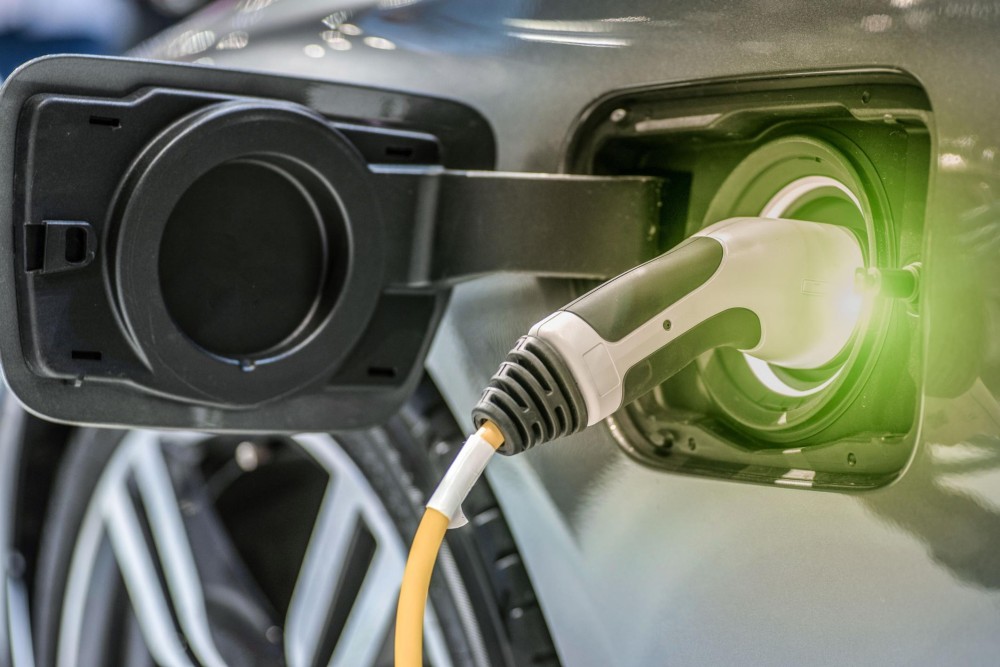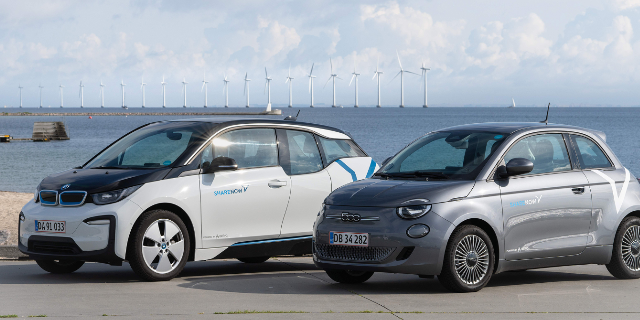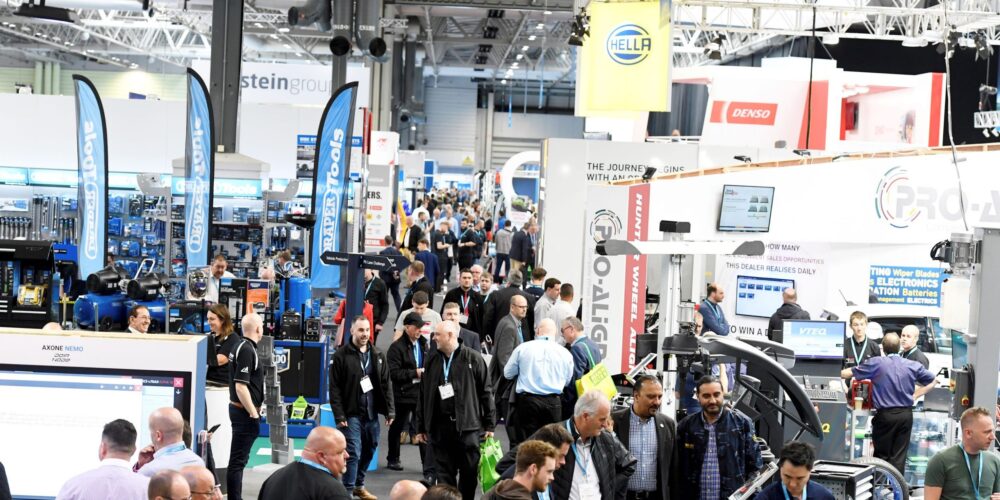Every watt counts: How Schaeffler is increasing the range of electric vehicles
Worldwide, there are more and more electric cars on the road. In Germany, one in five new cars with battery-electric drive was sold in July 2023. However, range of electric vehicles is a commonly cited issue, with every second EV/hybrid driver in Europe reporting it as one of the top three concerns they have with their vehicles (source: Shell EV-Driver-Report 2023). On top of that, the motor isn’t the only thing drawing on the battery. Especially in winter, all those creature comforts also use electricity – at the expense of range. Schaeffler is doing a lot of work in this space, as CEO Automotive Technologies Matthias Zink explains: “Schaeffler is developing solutions to combat range anxiety. Our smart technical solutions and wide range of components and systems for fully electrified powertrains improve the day-to-day practicality of electric vehicles by reducing power consumption and increasing range.” Drivers thus have to charge their cars less frequently. Depending on the design of the vehicle application, vehicle manufacturers can also use the energy savings to make the battery smaller and therefore the vehicle more cost-effective.

High-efficiency bearing solutions
All cars need bearings – and electric cars are no exception. That being so, one of the key ways of boosting range in electric cars is to reduce frictional losses – where energy that would otherwise be used for powering the vehicle is lost as heat through bearing friction. Schaeffler has developed solutions to counter this. A set of highly efficient transmission bearings by Schaeffler can reduce friction significantly, saving about 50 watts of energy compared to conventional bearing solutions. That translates directly into extra range. Alternatively, in winter, those extra 50 watts can be put towards heating the exterior mirrors or steering wheel*, without any loss of range. Just as importantly, Schaeffler’s EV transmission bearings are specially adapted for the high rotational speeds of electric-drive transmission input shafts and therefore ensure optimal load accommodation.
For even more range, Schaeffler offers TriFinity wheel bearings. Wheel bearings are part of the electric vehicle’s chassis. They guide and support the drive shafts and axles, ensuring that the wheels can turn with minimal resistance, even under high mechanical load. Wheel bearings are subjected to immense forces during normal driving operation. And they are constantly in motion, rotating about 100 million times every 180,000 kilometres traveled. TriFinity wheel bearings by Schaeffler reduce frictional losses by a massive 67 per cent compared to conventional bearings. That represents a saving of more than 200 watts, equating to about 20 kilometres of additional range in a fully charged electric SUV with a 120-kWh battery capacity. Alternatively, in winter, those extra 200 watts can be used for heating the driver and passenger seats* – with no loss of range. Seat heating systems consume around 100 watts per seat during the intensive heating phase, whereas the TriFinity wheel bearing actually delivers its savings permanently. Furthermore, the triple-row TriFinity wheel bearing offers a weight saving of about 10 per cent over standard double-row ball bearings – for the same dimensions. It also offers a longer service life. As well as that, it boasts more than 20 per cent greater stiffness, so it can transfer greater axle loads, which is a key advantage, especially in heavier electric vehicles.
Overcoming range anxiety with thermal management
Thermal management offers major potential for range improvement – and it’s an area in which Schaeffler has been developing solutions for around 15 years. Since 2011, Schaeffler has been supplying thermal management solutions to OEMs.
“Especially in electric vehicles, thermal management has a decisive influence on many customer-relevant features, such as range and comfort, and is therefore increasingly becoming a key competitive factor for automotive manufacturers,” said Dr. Jochen Schröder, Head of the E-Mobility division at Schaeffler.
Schaeffler is developing an array of solutions for this, ranging from versatile, multi-application components to highly integrated thermal management systems, to 4in1 e-axles that combine motor, transmission, power electronics and thermal management in a single, optimised unit. The 4in1 e-axle eliminates the additional hoses and cables required by decentralised thermal management systems, so less energy is lost. And because it has fewer parts, it weighs less and is easier for vehicle manufacturers to install. This fully integrated solution also yields further increases in range and charging speed because it keeps the powertrain, including the battery, at the right temperature. It keeps the vehicle’s occupants comfortable and at the right temperature as well. Thanks purely to the optimised interplay between its four subsystems, the 4in1 e-axle can save a compact electric car with a 75-kWh battery around 1 kWh of power per 100 kilometres of travel. That’s approximately seven per cent more range, or about 36 kilometres.
Schaeffler is also developing a new type of heat pump for use both in the 4in1 e-axle and as a standalone component. The heat pump turns thermal energy from the surrounding air and waste heat from the motor, power electronics and battery into usable heating. This conserves battery power, which is at a premium in the colder winter months. Compared to a compact car with a 75-kWh battery and decentralised thermal management, the same vehicle with a 4in1 e-axle and heat pump system will use around 4 kWh less energy per 100 kilometres (measured in WLTC, based on an outside temperature of -7°C). That equates to a 17 per cent increase in range, or a gain of 48 kilometres. Alternatively, that saving can be put into added comfort and safety in the form of heated seats and steering wheel, heated exterior mirrors, and a heated rear windscreen (which together use about 410 watts of power*). Another advantage of the Schaeffler heat pump system is that it uses the naturally occurring refrigerant carbon dioxide (R744), which is much less harmful to the environment than the conventional refrigerant (Rf1234yf). R744 is non-combustible, has a low greenhouse gas potential, and does not damage the ozone layer. For automakers and car owners, this represents an investment in climate protection and the future.
* Power consumption reference values for vehicle functions (Source: ADAC)
/https://www.schaeffler.pl/en/news_media/press_releases/press_releases_detail.jsp?id=87942277













